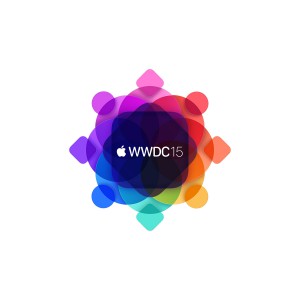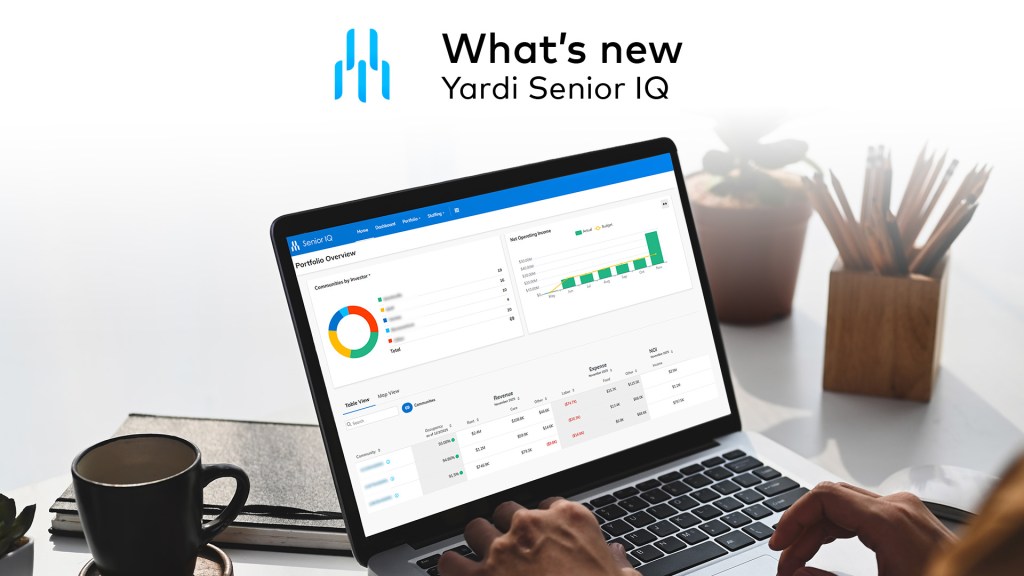By Anca Gagiuc on June 17, 2015 in Technology
The 26th WWDC presented a new level of Apple software power, setting a high standard for hardware improvements that will be announced later this year. Attendees gathered from over 70 countries to celebrate the 100 billion A pple app download milestone (an impressive 850 apps are downloaded per second) and to assess future opportunities. The App Store currently holds 1.5 million apps, an exponential increase over the 500 apps in 2008, with over $30 billion paid out to developers so far.
pple app download milestone (an impressive 850 apps are downloaded per second) and to assess future opportunities. The App Store currently holds 1.5 million apps, an exponential increase over the 500 apps in 2008, with over $30 billion paid out to developers so far.
El Capitan is the new OS X, which summarizes what the update is all about. It’s named for the iconic rock tower and popular climbing destination inside Yosemite National Park. Unlike OS X Yosemite, which came with a series of big modifications for the operating system, the new upgrade is a relatively small upgrade. It focuses on three aspects for improved performance and user experience: Spotlight, Built-In App improvements, and Window Management.
Spotlight now allows more extensive and integrated search capabilities such as looking up sporting event tickets, weather, and upcoming events using natural language; the search improvements extend to apps like Mail where queries like “Show me emails from Bill that I ignored” will work. Built-in Apps like Mail have swipe interaction enabled – swipe left on a message to delete it, swipe right to mark as unread. Moreover, Tabs are enabled in the Mail app and links and files can be added by simply dragging them in. Safari now allows to “pin” sites, so they’ll load instantly from the landing page. Furthermore, it lets mute audio tabs without entering the specific pages. With the new Window Management the user can automatically split the screen between apps and store multiple desktop layouts in a navigation bar on top.
Performance-wise, El Capitan is presented as highly improved – apps launch 1.4x faster, apps switch 2x faster, PDFs open in Preview 4x faster. Metal, the optimization tool Apple introduced last year, will add to the OS X’s performance as well. As usual, Apple took some time to highlight the high adoption rate among active Mac users – 55 percent were on Yosemite within 8 months. The OS X will roll into a public beta in July and will be available for free to everyone in the fall.
iOS 9 continues the trend set by the new OS X and doesn’t bring radical changes, but focuses on refinements. Siri is evolving as a “proactive assistant” and results start showing – the user will be able to say things like: “remind me of this when I get to my car” and Siri will do as asked. She will set reminders based on whatever catches the user’s eye when browsing the internet and even learn the user’s routine, such as starting to play a specific type of music in the morning when the headphones are plugged in or to start the audiobook when the iPhone is connected to the car’s system. Invitations will be automatically converted into reservations on the calendar and she will send reminders when it’s time to leave. The Phone dialer app will be able to recognize and identify phone numbers that are not in the user’s contacts by digging into the inbox and trying to match numbers to names it finds there. This looks fairly similar to Google’s tools, yet Apple plays up its privacy advantages, promising that all data will stay on the device and not in the cloud.
The Notes App received a revamp adding to functionality – formatting, drawing, checklist, and attachments are added. Passbook becomes Wallet, Newsstand becomes News, and HealthKit tracks more data, including hydration, menstrual cycles, and UV exposure.
Apple Pay is coming to the UK this summer and the Londoners will be able to do something US citizens still cannot: pay for fares on London’s public transit system using Apple Pay, on top of the over 250,000 merchant locations accepting it. Apple Pay picks up support for loyalty and rewards programs and Square is launching a new reader which will allow small businesses to start accepting it.
The Maps App now offers public transport support with step-by-step transit directions. Transit maps are being released for select cities: Baltimore, Berlin, Chicago, London, Mexico City, New York City, Philadelphia, San Francisco, Toronto, Washington D.C and many more in China.
Apple’s smart home platform HomeKit currently is tied to Apple TV, but it seems that soon the users will be able to use the iPhone or iPad as well; the platform will be capable of adjusting window shades, motion sensors, and security systems. Furthermore, CarPlay, Apple’s auto operating system goes wireless in future cars.
Most of the improvements in iOS 9 will come to all compatible devices, but there are a few iPad-specific: Quicktype – receives formatting buttons, but more importantly starts to act like a trackpad too – swiping with two fingers moves and controls the cursor within the text. Additionally, the most powerful iPad hardware, the iPad Air 2, is getting split screen apps (long awaited for) and picture-in-picture video playback which can be dragged around the screen and resized.
Six weeks after being released to the public, the Apple Watch receives a new operating system, the watchOS 2. It comes with more options for watch faces, but also Complications, Time Travel, Nightstand Mode, and has enabled Facetime audio calls.
Swift 2 was announced; the second iteration of their new programming language is going open source late this year.
One more thing…
After much speculation, Apple has launched its music service, Apple Music. Even though the skeptics don’t see it becoming a hit (still with the “Ping” failed attempt in mind), the new product has all necessary features: streaming, watching music videos and exclusive clips in HD, and listen to curated playlists. The service has a feature, Connect – which is a way for artists to connect with fans and lets unsigned artists upload their music. Also, Apple created a global radio station called Beats 1 and hired Zane Lowe to run it. Apple Music will be available on iOS starting June 30th, free for the first three months and $9.99 per month afterwards, or $14.99 for a family plan option with support for up to 6 accounts. An interesting move is that Apple will make the service available on Android as well starting this fall.
Even though there was no word on Apple TV, the updates presented at the conference show an Apple that is building an increasingly smarter, expansive, and responsive ecosystem, from the wrist to the car. It will be interesting to see what the hardware updates will bring later this year.


